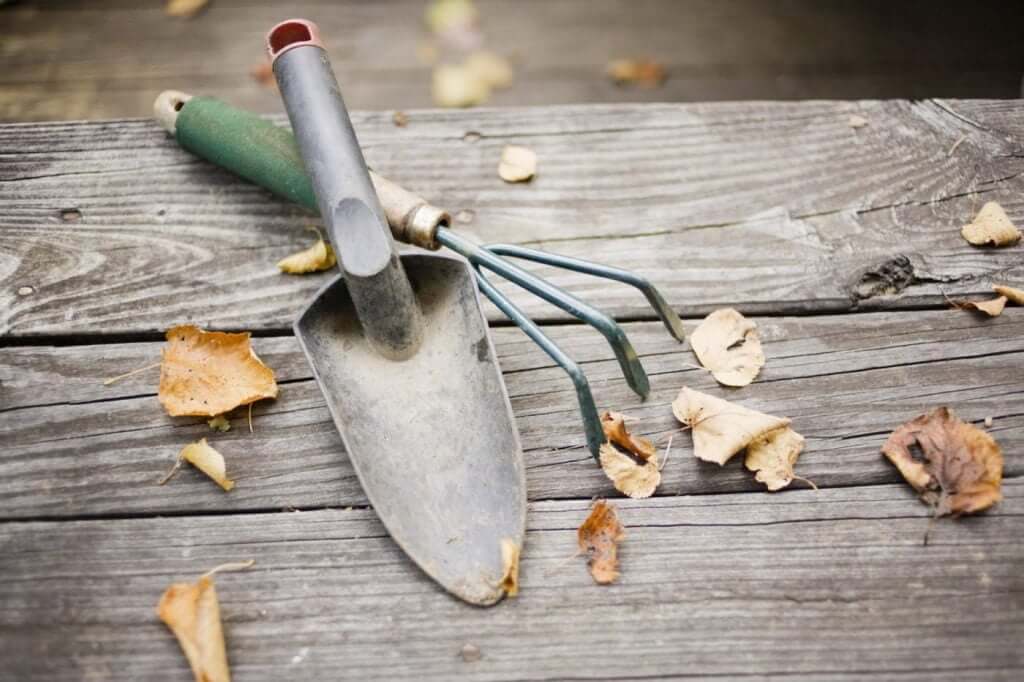Even thought winter has finally arrived there is still plenty that can be done and also plenty that you should be doing during the winter months. One such task is to fertilize the whole garden with compost. This can be achieved by spreading a 5cm thick layer of compost over the entire garden area. You can feed your plants simultaneously by applying an organic 2:3:2 fertilisers together with the compost. Take care not to damage roots by working the compost too deep in to the soil. Between trees and shrubs a depth of +-7cm is ample and for ground covers it will be fine to spread it over the service. Pruning and re-planting are two main choirs that should be done during winter. Since plants are in a phase of rest during this time and are growing slower this is the best time for pruning and re-planting. See below a list of reasons why you should consider pruning: - To clean the plants of any dead wood. Often plants will get too thick and untidy with too much dead wood in between. Now is the best time to clean up those untidy branches.
- For shaping. Often trees and shrubs will get too big or grow in the wrong direction and so now is the perfect time to shape them by pruning or to remove unwanted or unsightly branches. Reducing branches will also take away any strain and allow the plant to develop strong roots.
- To encourage new growth, fruit and flowers. Roses, fruit trees and Hibiscus are three types of plants that respond well to pruning and will only flower when pruned. This will encourage new growth, more flowers and thus more fruit.
Now is the best time for re-planting. Below is some useful tips for when you need to transplant. - First reduce the plant to make it more manageable by pruning away a third of the plant and also remember to water the plant thoroughly after planting. Pruning will also help the plant cope with the stress of re-planting.
- After pruning you can determine to size of the root system by following the drip line. The drip line will more or less indicate to you the size of the root system and this will indicate to you how big the new hole should be. Keep in mind that the strength of a plant is in its root system and your rate of success will be greater the less you disturb the roots and the faster you can transplant the plant.
- To lift the plant, dig right down in to the soil. Gently lift the plant with a spade without loosening or removing the soil around the roots and move the plant to the new area.
- Transplant the plant to its new hole and ad a mixture of compost and bone meal. Water thoroughly and remember to water every 5 days.
Happy gardening.
JJ van Rensburg | 








































